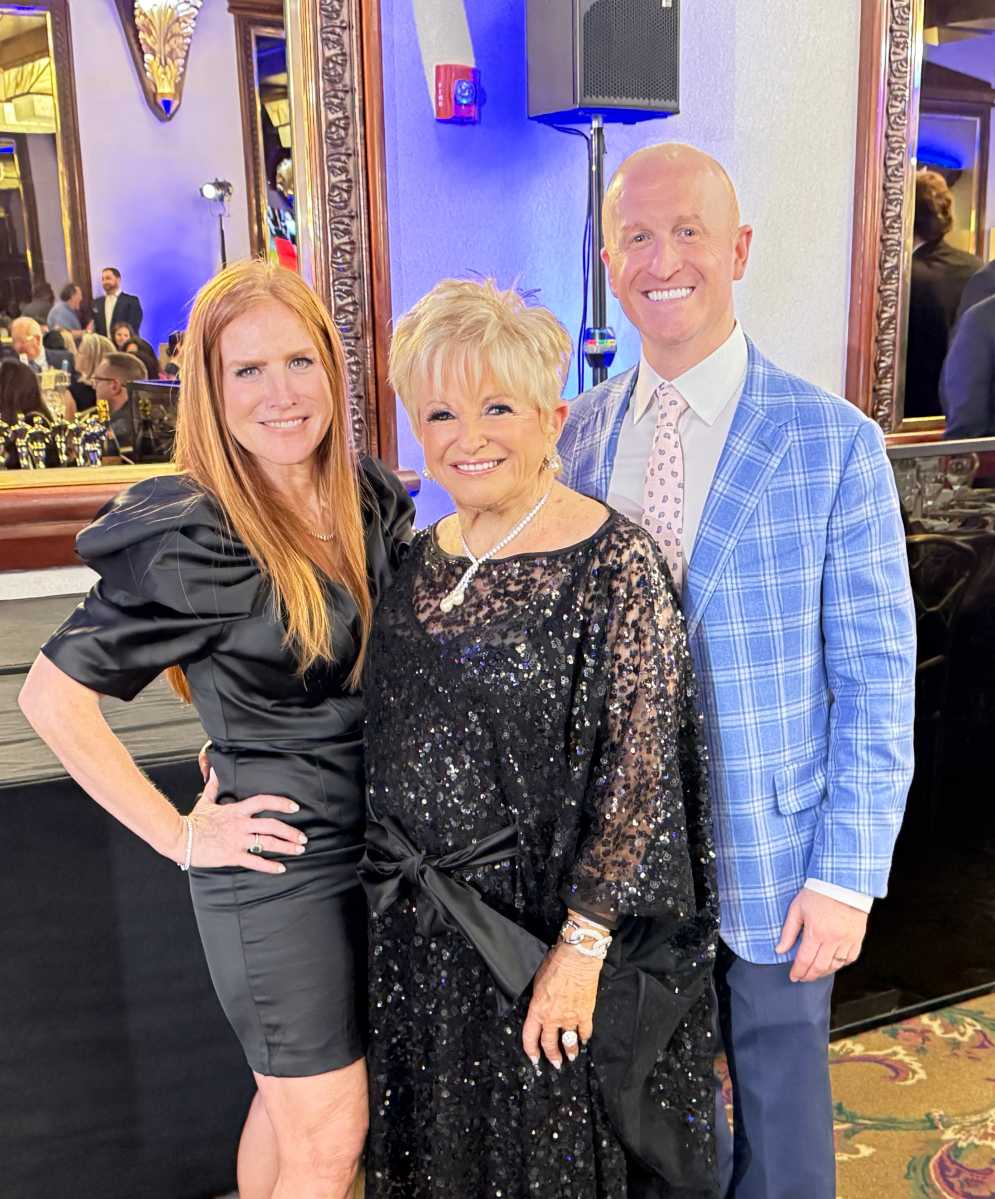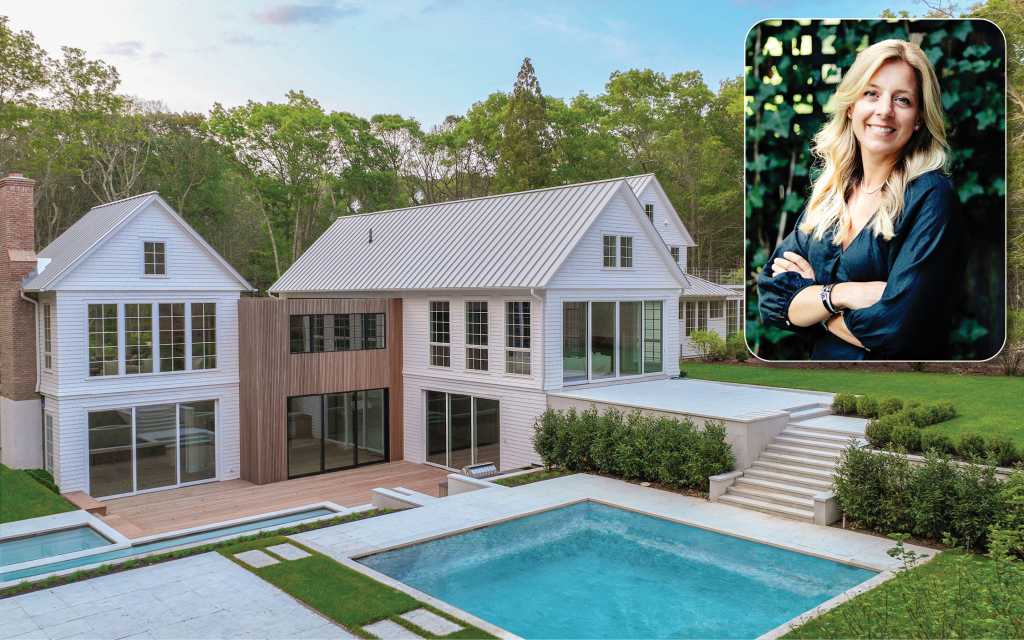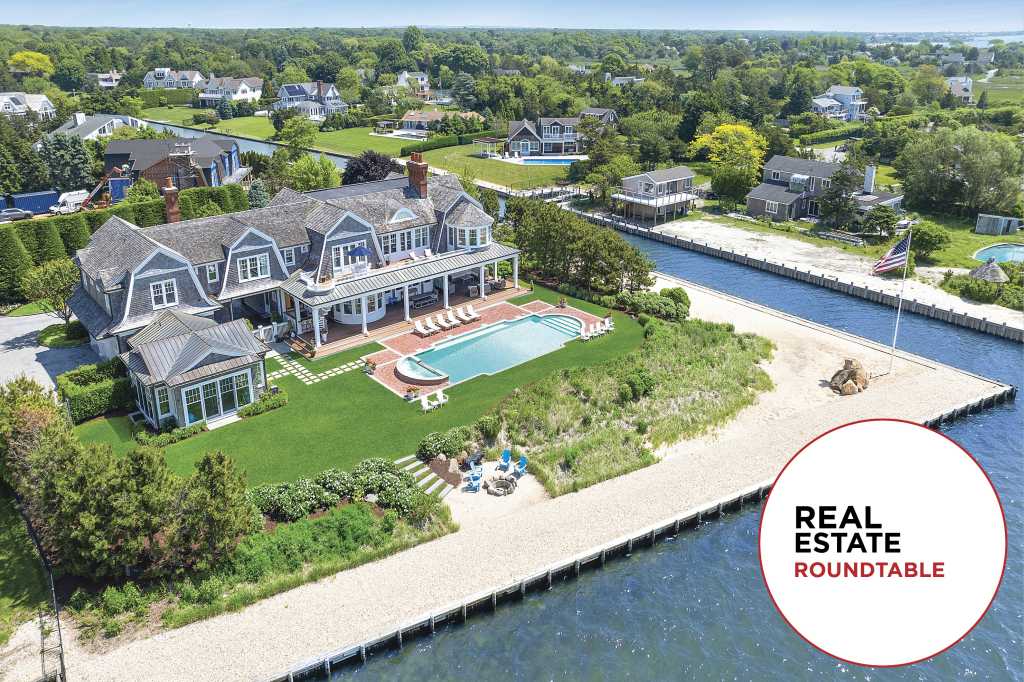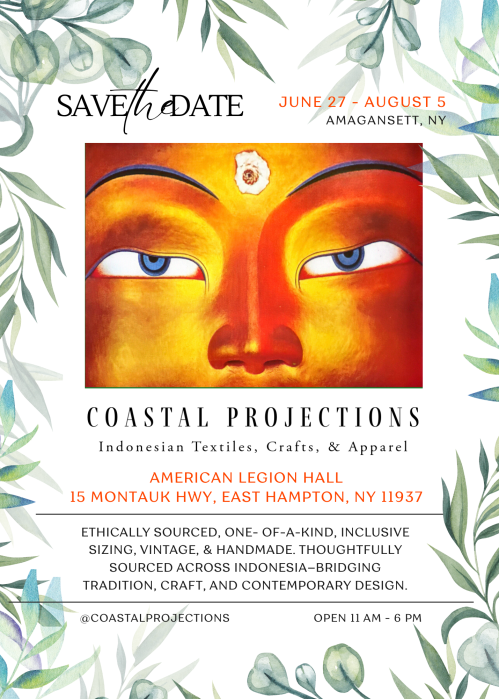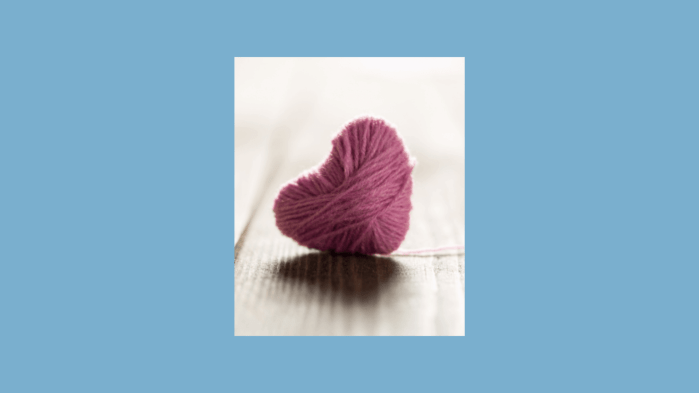Honoring This Week’s Dan's Papers Cover Artist: Carol Saxe
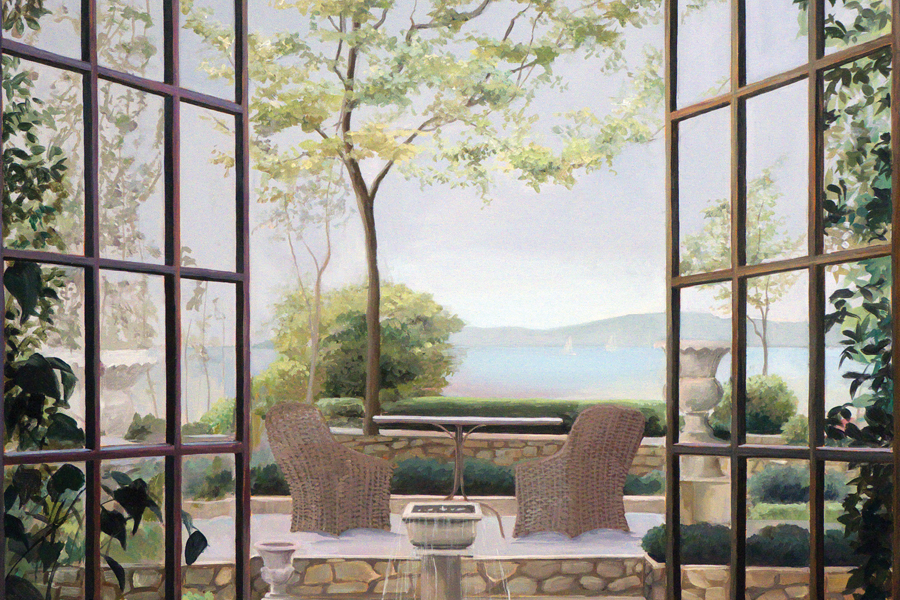
This week’s cover by Carol Saxe, “Courtyard,” goes beyond its obvious pleasant imagery.
Yes, it features a spring setting, but there’s no usual abundance of flowers. Yes, it’s an open and airy scene, but we want to know more about what lies in the background once we go through the gates. What makes this image special and yet similar to some of Saxe’s other paintings? First, there’s the idea of nature, combined with architectural aspects, like the gates. Then there’s the feeling of movement, as the viewer walks through the gates to enter the garden. Also present are the sights and sounds of spring, the sensual experience of the moment. Yet another experience, somewhat oppositional, is evoked as well: we are in an intimate space and place, but we are also projected beyond the picture plane at the same time. We are there and not there simultaneously.
I’ve noticed many motifs and similarities in your work — vertical composition (like columns, curtains), for one thing. But verticality can also determine the shape of the canvas. Is this kind of verticality a conscious choice on your part?
The subject matter often dictates this. However, a lot of galleries say horizontal works are more popular than vertical ones. But I find vertical paintings work very well. I paint what I feel. I don’t let the “rules” affect what I paint.
Another striking motif is windows. As you know, windows can convey many metaphors. What do your windows mean to you?
Different people react to them in different ways. I first started painting windows when I lived in Palm Beach, Florida. But my windows were closed. They were an architectural element; I was looking at forms and shapes. Then someone suggested I open the windows. When I did that, I sold twice as many paintings. Viewers need a way into paintings. Windows allow them to do this.
In your paintings, windows let spectators look in at the scene and also look out. Either way, you provide a welcoming experience. What about people? There are none in most of your works.
As a child, I painted people. Then when I started painting as an adult, galleries said to take the people out.
What was your art training like, your early art experiences?
As a teenager, I liked to go to MOMA and see all the “hot” paintings. Living in Palm Beach, I was attracted to the courtyards and turned toward Realism. I got a B.F.A. at the University of Michigan.
How was that experience majoring in art?
Two courses should be required in art school: Business Management and How to Handle Rejection.
Who were some of your influences through the years?
The Impressionists, like Monet. They captured the lifestyle at the time, café life as an example. That’s one of my themes in the last 20 years. To capture the lifestyle of my subjects, the social/cultural environment.
What else is important to you, besides your themes? In other words, what does art mean to you?
Art is communication. I want to evoke a response. I am a happier person when I’m painting. Art is addictive.
Carol Saxe will be showing her work starting June 7 at Southampton’s Chrysalis Gallery (2 Main Street). 631-287-1883, chrysalisgallery.com

